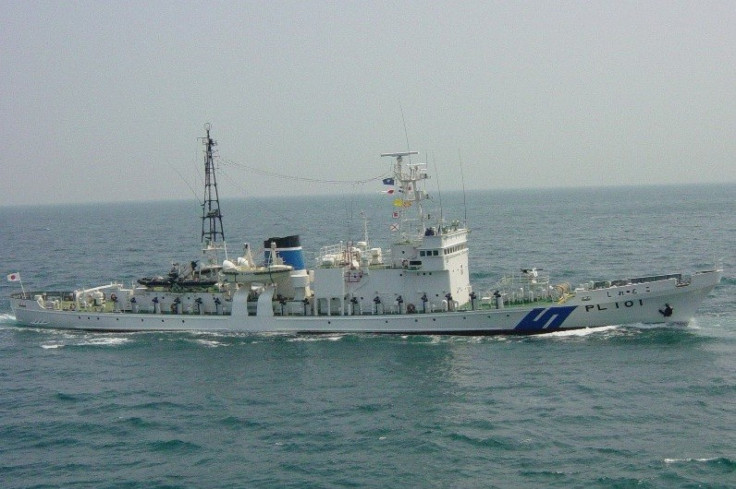Philippines Gets Support From Japan, Others Against China

The Philippines is getting some help in its maritime dispute with China.
Other countries in the Asia-Pacific region may soon offer ships to support Manila in the standoff, now more than a month old, over Scarborough Shoal, known as Huangyan Island in China and Panatag Shoal in the Philippines.
Japan may loan a fleet of 10 coast guard ships to the Philippines as part of its Official Development Assistance package to Manila. The Global Times, a Chinese nationalistic publication, says the deal includes 10 small 180-ton patrol boats as well as two larger, nearly 1000-ton cutters.
The new development is already creating a backlash in Beijing, which has stated that it is vehemently opposed to involvement by any third party in its quarrel with Manila.
Information from the Japanese government has been scant. The Korean Broadcasting Service, South Korea's largest television network, ran a story on the transfer of the ships on March 22, quoting Japanese economic news agency Nihon Keizai Shimbun as a source. That was three weeks before the recent scuffle between China and the Philippines began. Therefore, the transfer of the ships would not be directly related to the current standoff.
However, Japan's Mainichi Shimbun news service said that only an informal discussion between foreign and defense ministries of the two countries had taken place in Manila on March 22. The Embassy of Japan to the Philippines told the Filipino press last Friday that its government is still considering whether to include the ships in its aid package for the Philippines.
The Chinese press has been quick to jump on the issue, depicting it as collusion between its opponents in the South China Sea and Japan. Many inside the country see the deal -- if signed, it would be the first made after Japan's relaxing of its Three Principles on Arms Exports, which renounced exporting weaponry -- as an indication that Japan intends to shore up China's adversaries with arms transfers.
The Philippine government also received a second Hamilton-class cutter from the U.S. Coast Guard on Wednesday, in an official transfer ceremony in North Carolina. The first Hamilton-class cutter received by Manila, redubbed the Gregorio del Pilar in Filipino navy service, was the ship that originally intercepted Chinese fishing vessels at the disputed shoal on April 10.
However, like the first, the new ship will not be outfitted with a full complement of weapons.
The commander of the Philippine Coast Guard, Vice Adm. Edmund Tan, said last Saturday that the Japan deal was still awaiting approval by his government's National Economic and Development Authority.
Philippine Foreign Minister Albert del Rosario said Manila was also receiving aid from South Korea and Australia to help the country develop a minimum credible defense posture. Those assistance programs may include training and arms sales.
Chinese media say that the Philippines has already spent $395 million on upgrading and building its military since 2010, a vast increase over the previous 15 years, when it averaged $50 million a year.
But defense analysts will be quick to point out that the figure is insignificant compared to China's official defense spending of more than $100 billion over the next year. Much of the existing Filipino fleet is antiquated; even the new Filipino ships from the U.S. are hand-me-downs nearly half a century old. Meanwhile, China is quickly boosting an already fast rate of naval development. Beijing plans to build 36 new coast guard vessels by 2014.
Japan's assistance to the Philippines will create further frictions in its relations with China, which have already been damaged this year over their own disputes. Japan's recent hosting of the World Uyghur Congress in Tokyo angered China, which considers the Uyghur movement a separatist group. Continuing nationalistic disagreements related to ownership of the Senkaku / Diaoyu islands have led to further bilateral cooling.
© Copyright IBTimes 2024. All rights reserved.




















